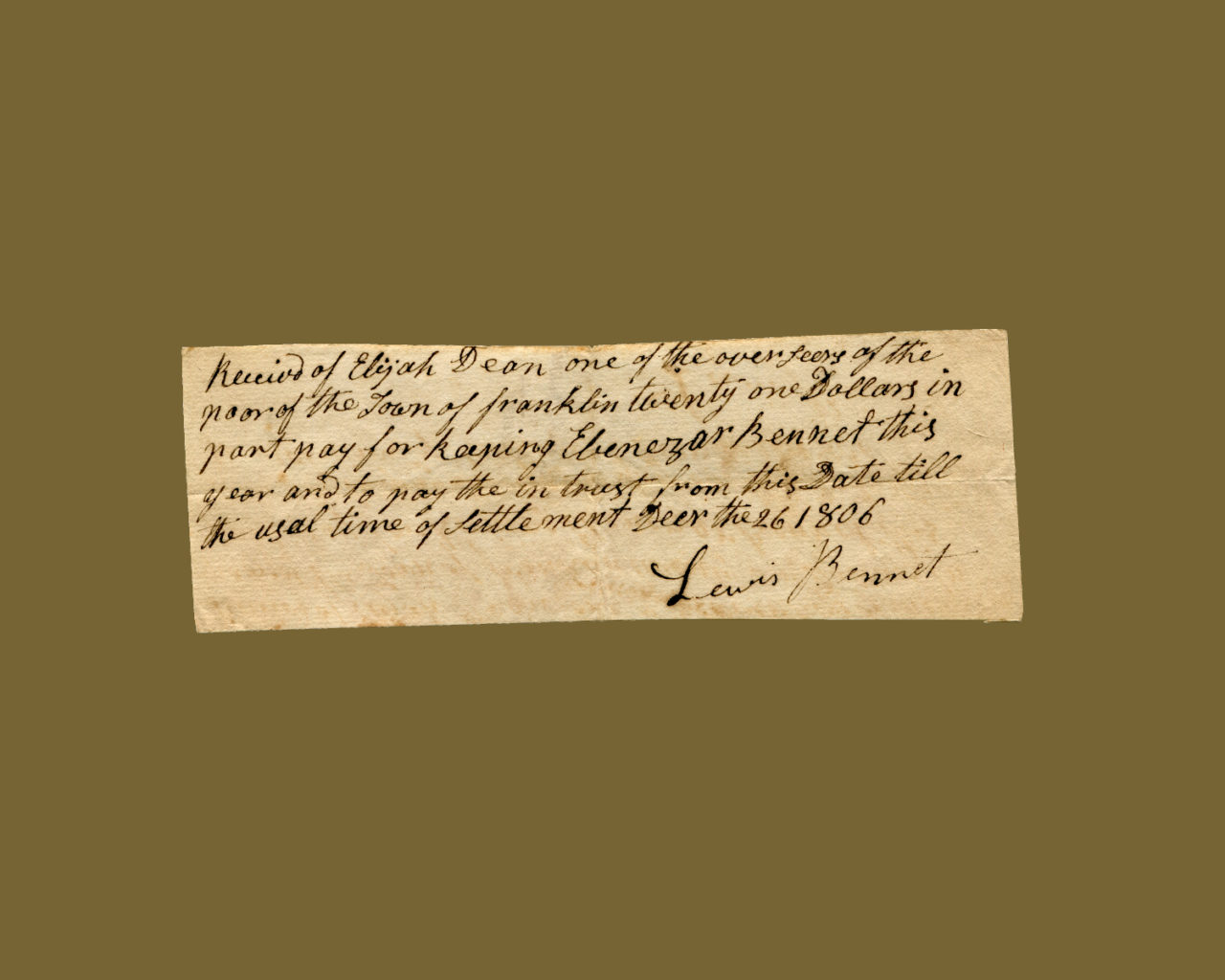by Ron Taylor and Rev. Horace E. Hillery
Here we have looked and stood upon ground that is rich in tradition and made sacred by the toil, the tears, the struggles of many an ancestor whose blood flows in our veins. We all honor their memories by our presence here and by our continued consecration to the principles for which they stood.1 –The Rev. Horace E. Hillery, 1953.
In the fall of 2007 the Patterson Historical Society published the book Vignettes of Patterson’s Past2 which should be consulted for detailed and pictorial information about Patterson up to the 1950’s. In writing some of the history in that book a colleague and myself read the standard works3 on Putnam County, especially Pelletreau 1886, History of Putnam County4 which should also be consulted for a wealth of detailed information, and Smith 18775 and others on early Dutchess County history and, in the main, we followed their traditional Hudson-River view of the history of the Town. Some of the evidence from our own local investigations, however, did not fit into this conventional view of history. In the years since the book’s publication, as we explored old houses, located and walked old roads, compiled genealogies of the early settlers, ransacked repositories and archives, scrutinized old maps, we started to tell eachother stories, which were different from the traditional ones, as a way of integrating the new and puzzling information we were finding. Over time these stories diverged more and more from the traditional histories, which have been repeated so often in the County to become mythologies. We also came across the works of another historian who had spun his own alternative views at an earlier time (much of it in the 1930’s) which corresponded with the ones we were piecing together. He was the Rev. Horace Hillery, pastor of the Patterson Presbyterian church from 1924-1951 and the first Putnam County Historian, in the 1950’s.
To some the Hudson-River view of history is gospel and immutable, yet for us, Patterson’s history has become a new series of stories, and we eagerly await the discovery of each next-installment. The following article is a précis of these stories at the time of the writing, more will surely be brought to light as research continues. (Rev. Hillery’s words are presented in a serif font to distinguish them from mine. He wrote without citing references so caution should be exercised. My writing is based on source material, conjectures are preceded by ‘perhaps’, ‘may be’, or similar warnings.) Although the article retraces Patterson’s history from the beginning (because much of that history has been misstated or omitted in earlier works), the article is not intended to be exhaustive but rather a supplement and corrective to earlier works and an outline of an alternative perspective for consideration.
Header image from the collections of the Patterson Historical Society.
1 Concluding remarks of an address given Sept 19, 1953 at the intersection of present-day NY Routes 292 and 311, printed as ‘The Settlers’ Revolt” [Hillery 1953] in a 1954 edition of the Quaker Hill (Local History) Series.
2 Patterson Historical Society (numerous contributors), Vignettes of Patterson’s Past [Vignettes 2007], available from www.PattersonHistoricalSociety.org .
3 One such is Blake, William J, The History of Putnam County, N. Y.; with an enumeration of its towns, villages, rivers, creeks, lakes, ponds, mountains, hills, and geological features; local traditions; and short biographical sketches of early settlers, etc, [Blake 1849], available online at Archive.org. This work, however, is misleading in regards to the information supplied about Patterson, and should be used as a reference only when care is taken to confirm the statements made therein.
4 Pelletreau, William S, History of Putnam County, New York : with biographical sketches of its prominent men, [Pelletreau 1886], available online at Archive.org.
5 Smith, Philip H, General history of Duchess County from 1609 to 1876, inclusive, [Smith 1877], available online at Archive.org. Smith repeats portions of Blake, adds some church history and some anecdotes, but in all supplies little information about Patterson’s past.
